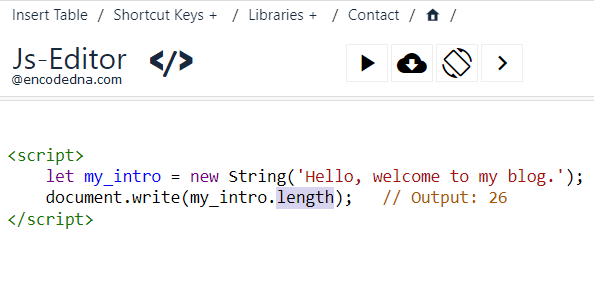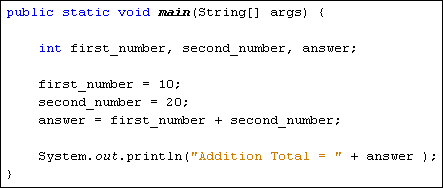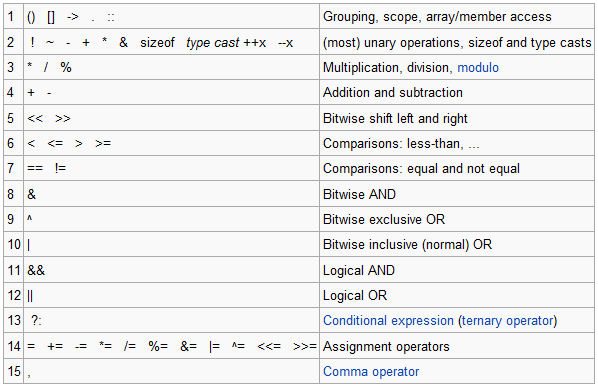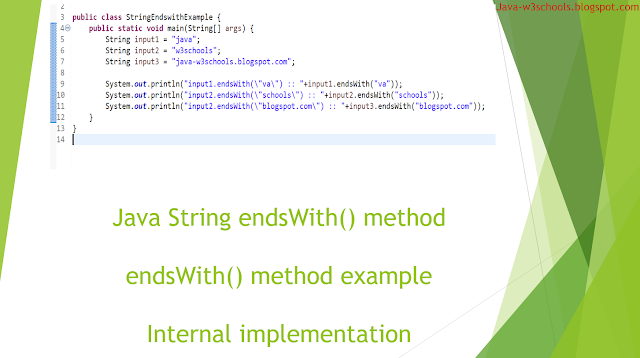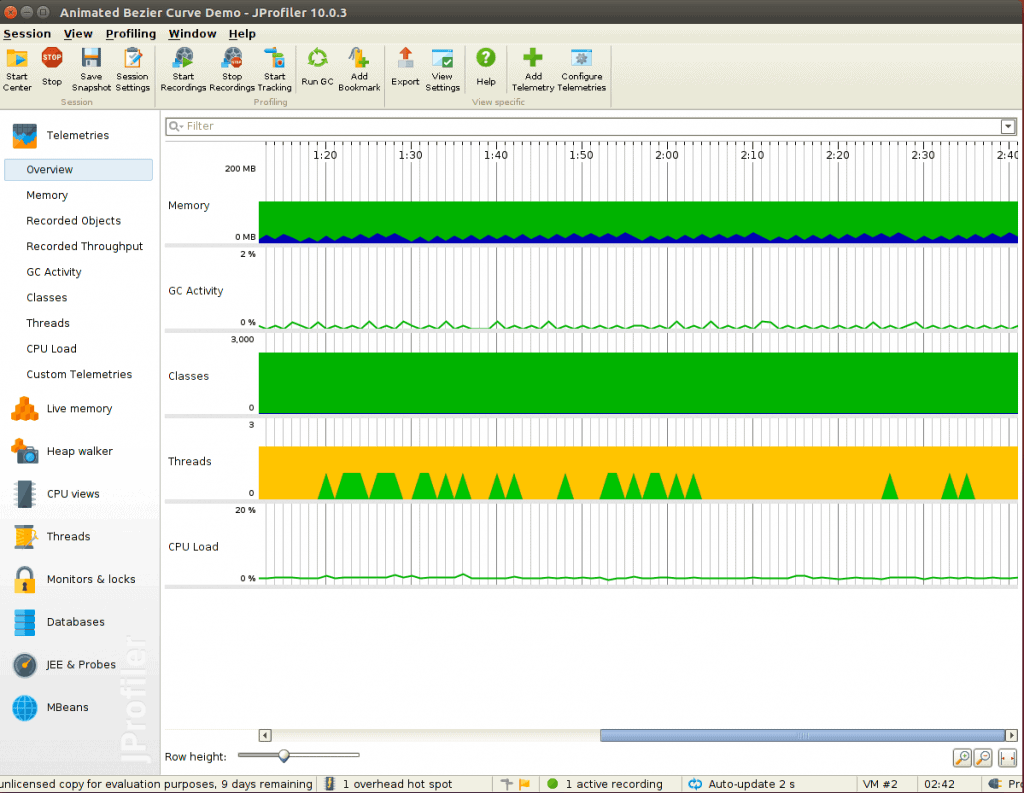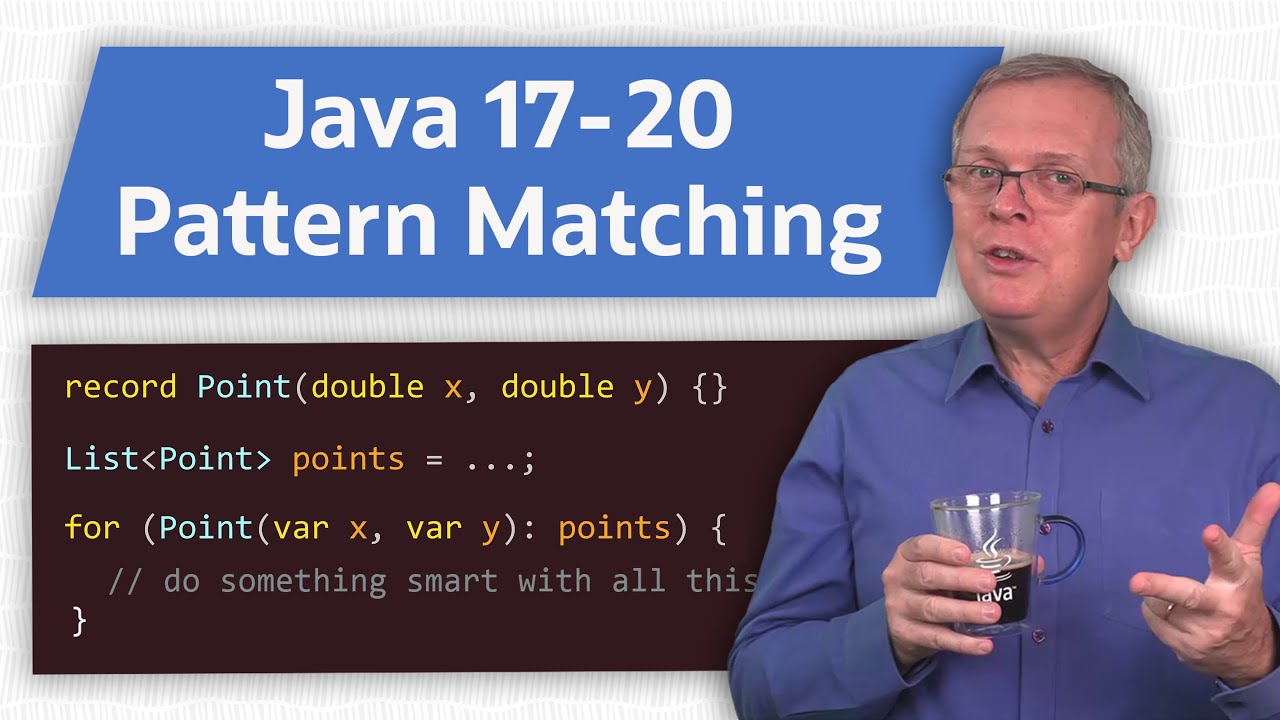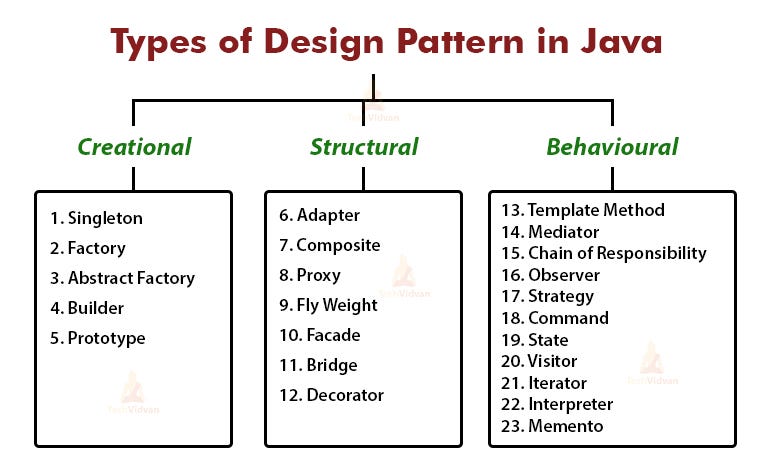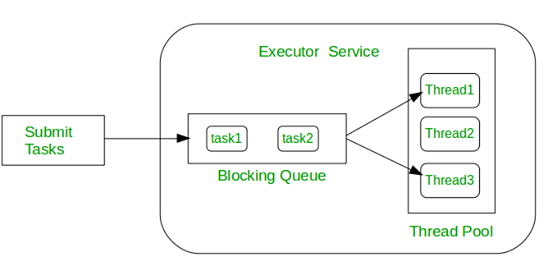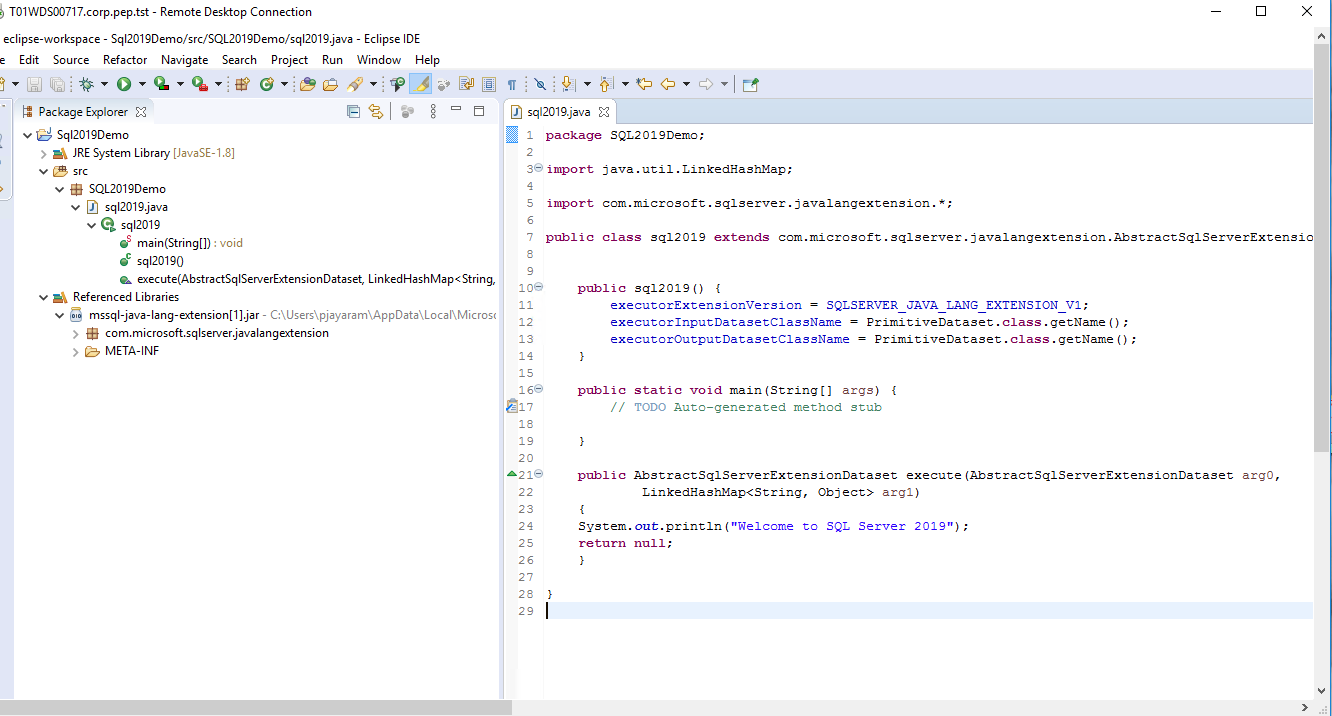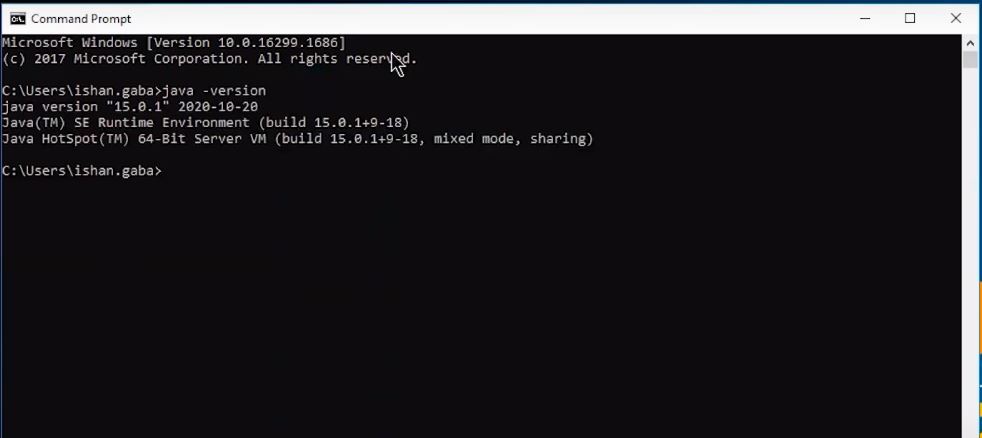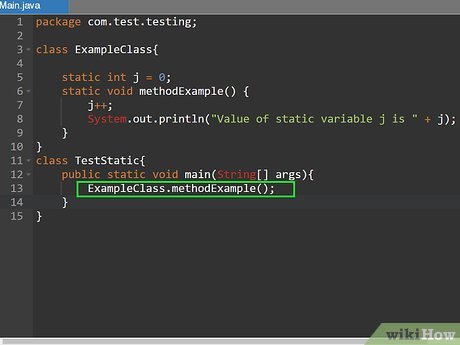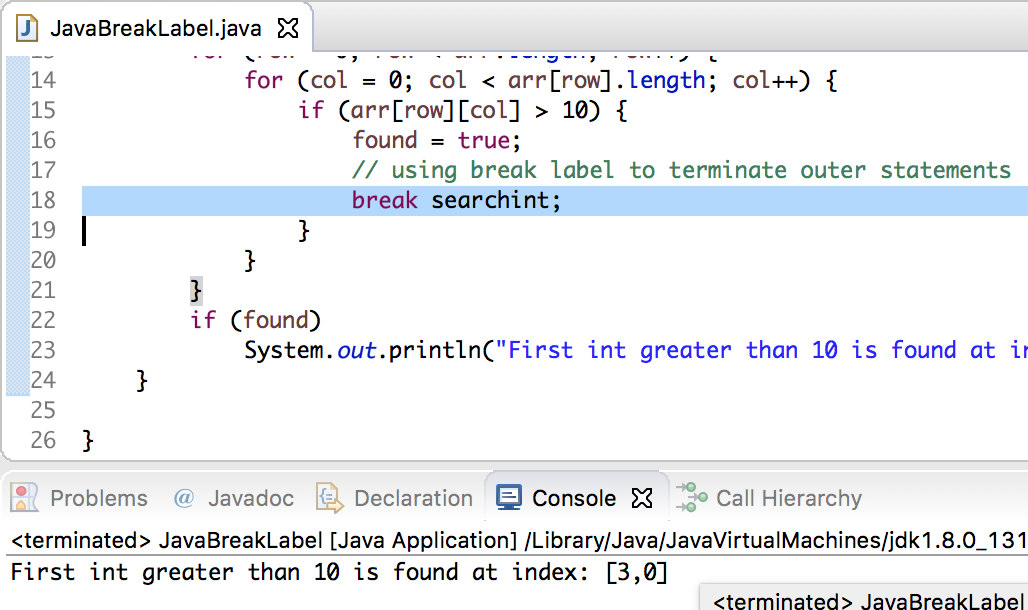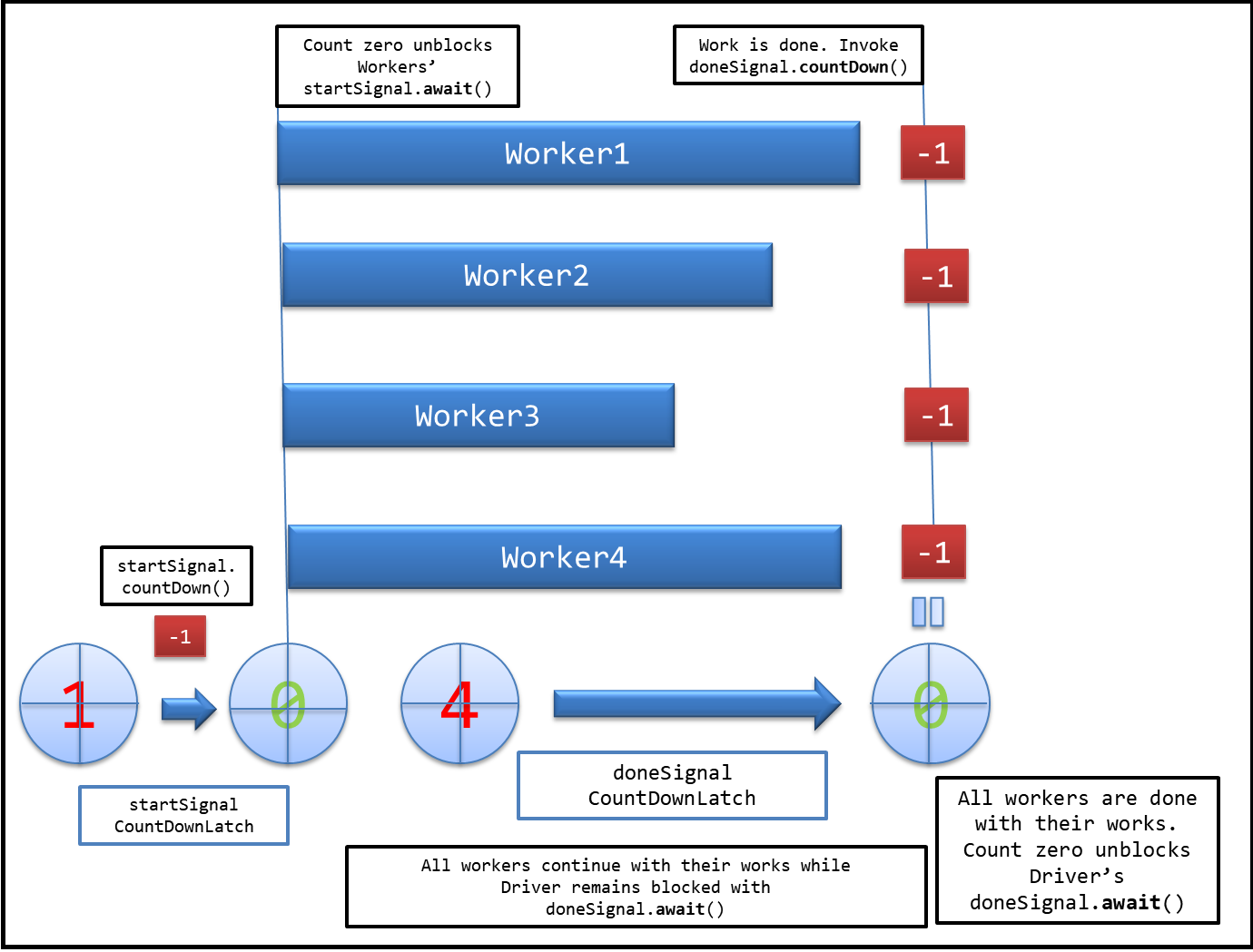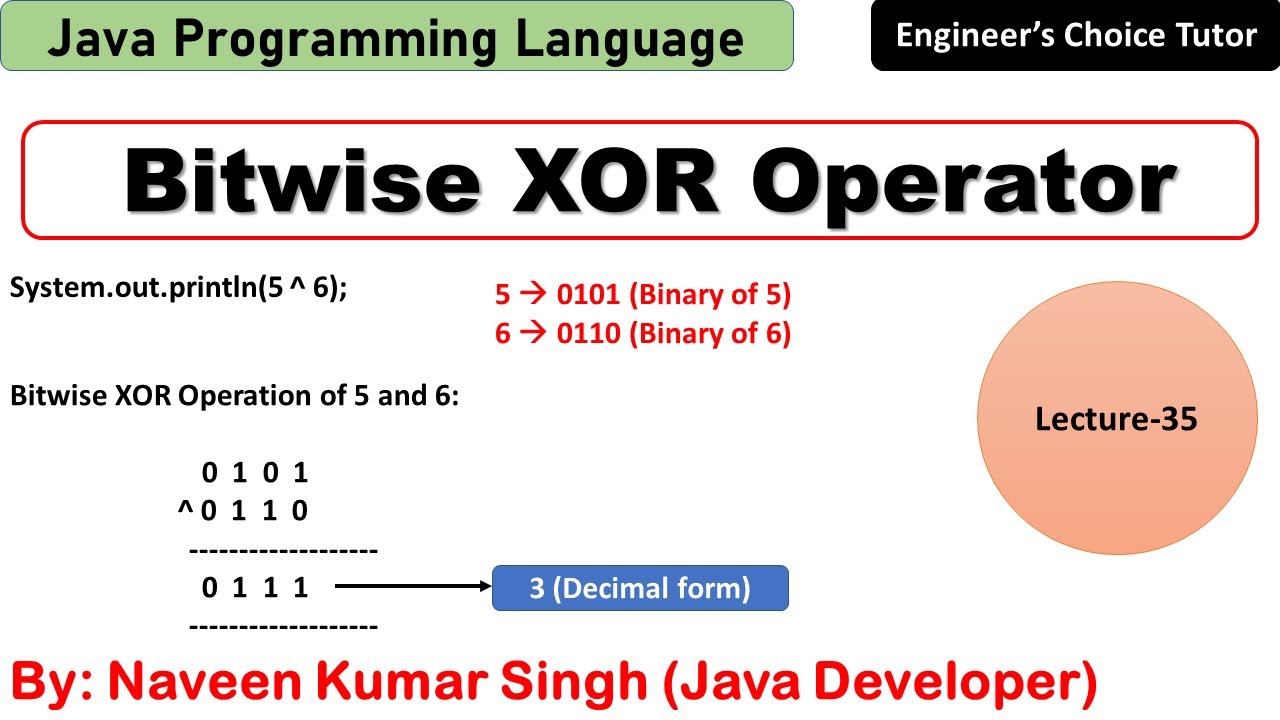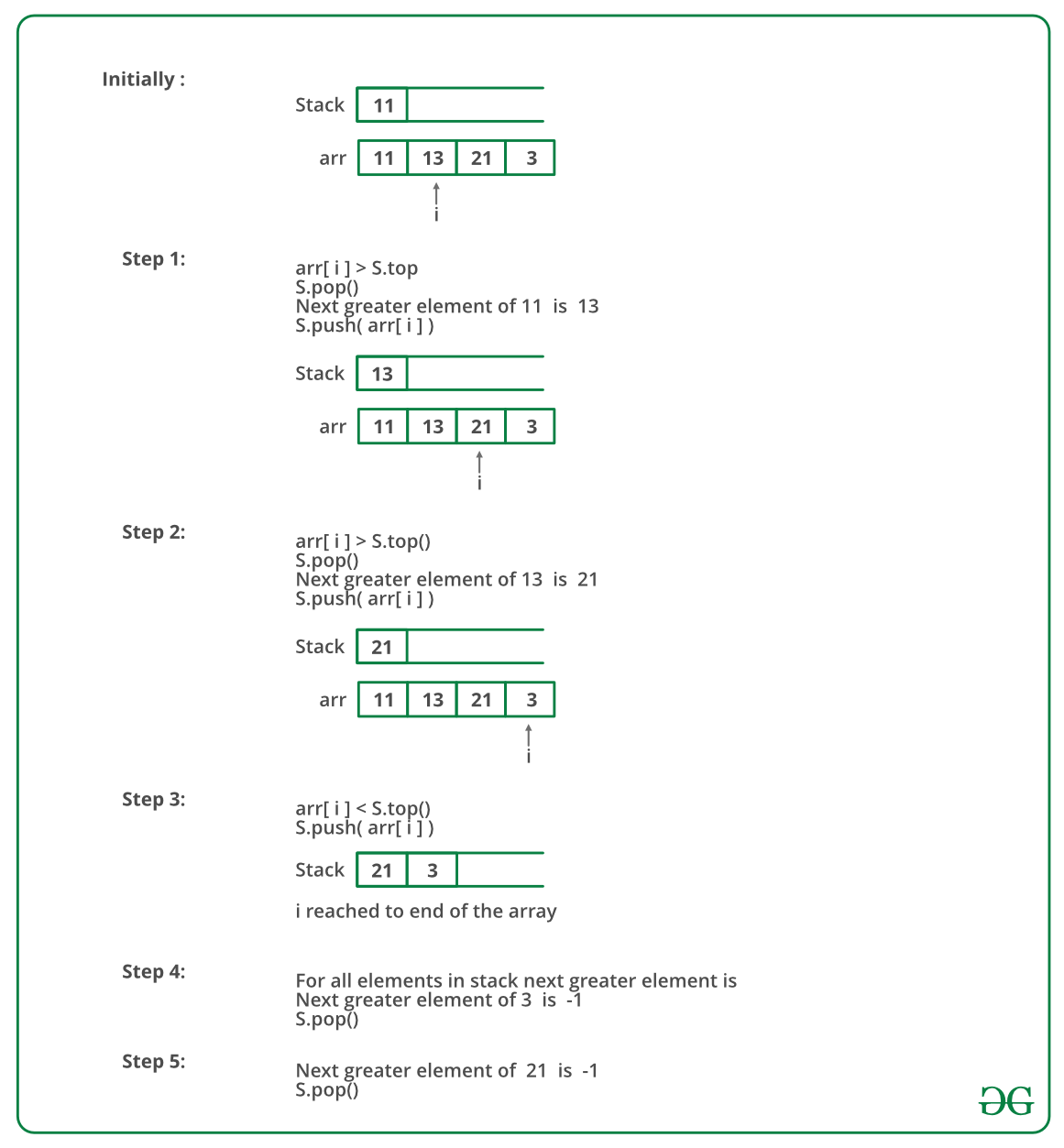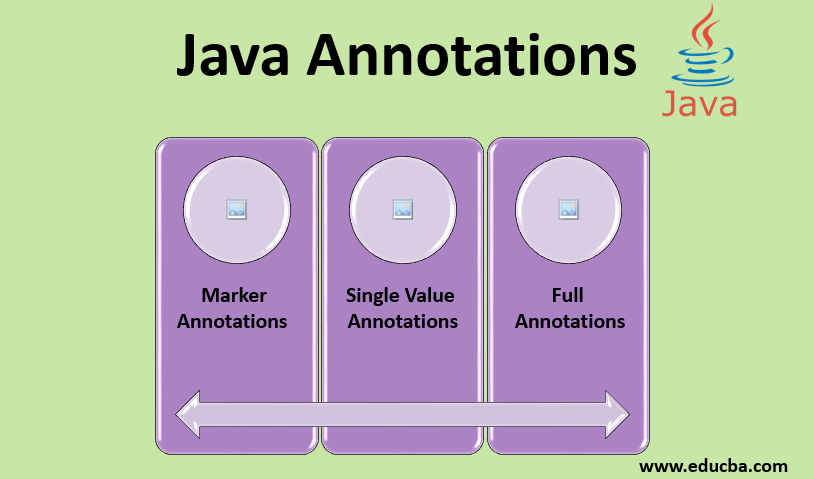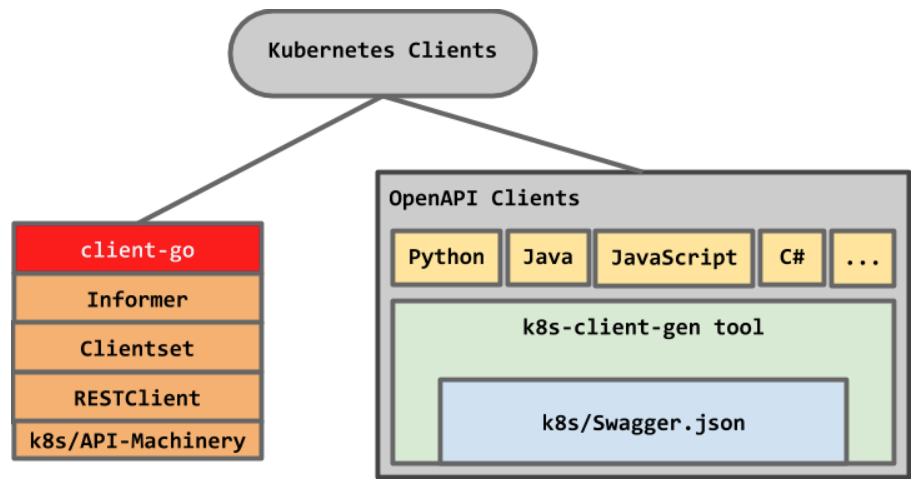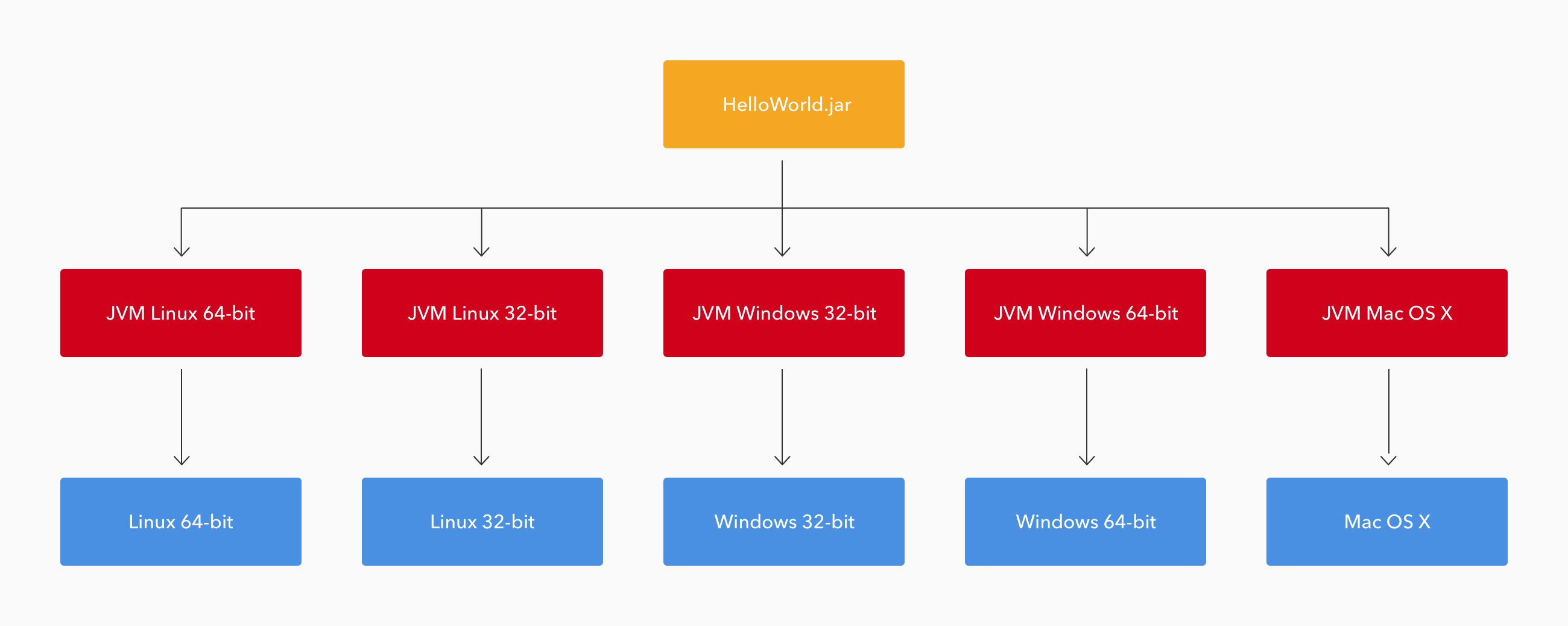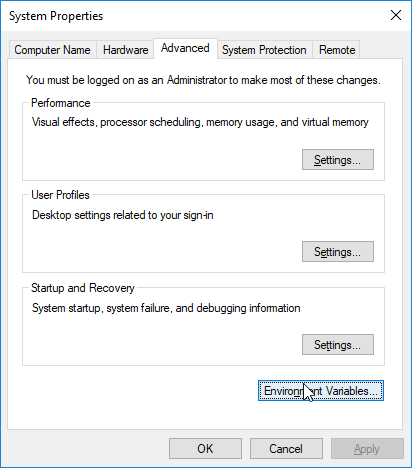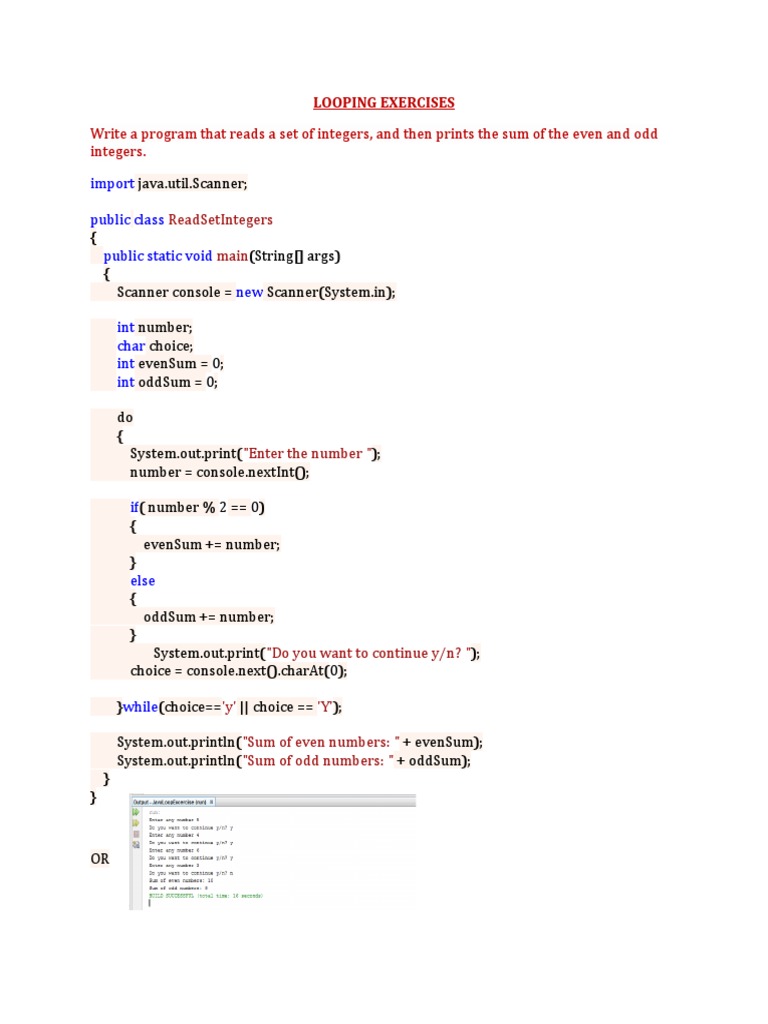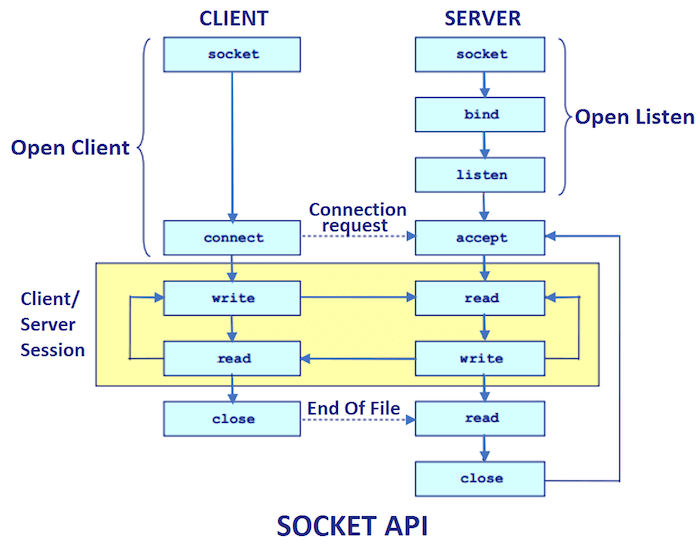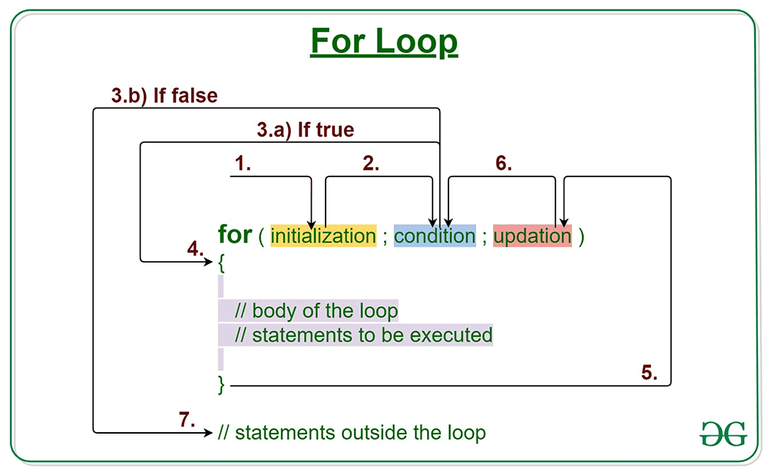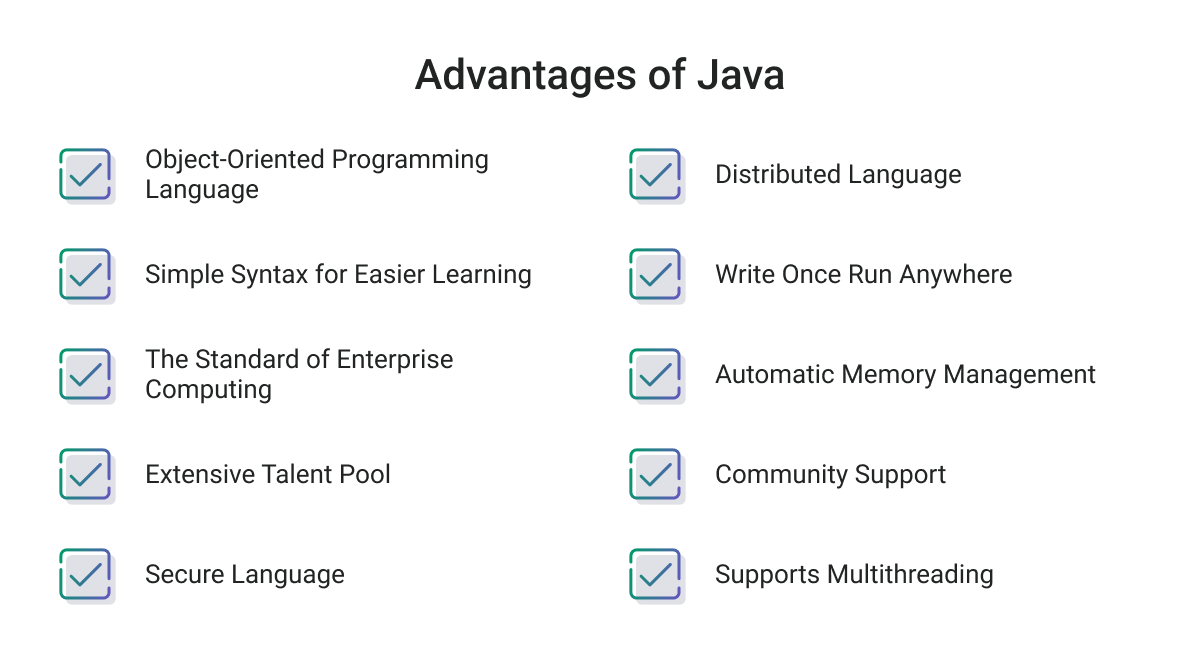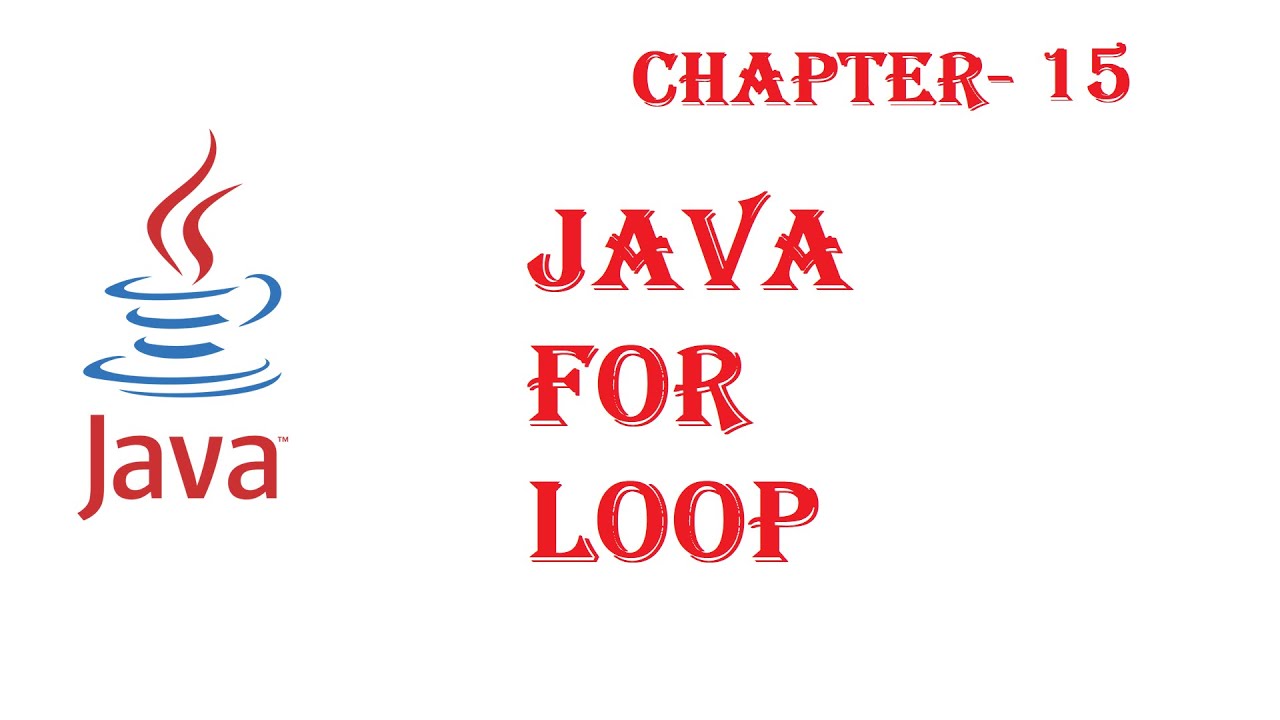What is the difference between Java framework and Spring Framework?
What is the difference between Java framework and Spring Framework?
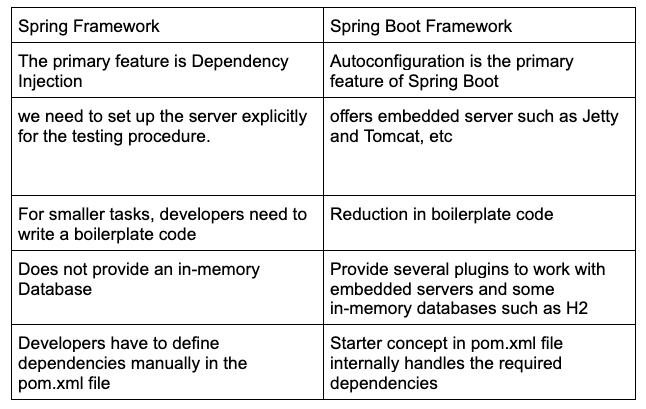
Java is a programming language developed by Sun Microsystems (now owned by Oracle Corporation), while Spring is an open-source framework built on top of the Java language. In other words, Java is the underlying technology for building applications, whereas Spring is a specific set of tools and libraries designed to simplify the development process.
To put it simply, Java provides the foundation for programming, whereas Spring offers additional capabilities for building robust, scalable, and maintainable software systems. Here are some key differences:
Purpose: Java aims to provide a general-purpose programming language, whereas Spring's primary goal is to facilitate building enterprise-level applications, focusing on simplicity, flexibility, and scalability. Scope: Java is a broader technology that encompasses various aspects of programming, such as syntax, semantics, and runtime environment. Spring, on the other hand, is a specific framework that builds upon Java, offering reusable components, frameworks, and libraries for building robust applications. Abstraction level: Java provides low-level control over system resources, allowing developers to work directly with the operating system. Spring, by contrast, abstracts away many low-level details, providing a higher-level of abstraction that simplifies development tasks. Dependency management: Spring is known for its dependency injection (DI) mechanism, which automates the process of setting dependencies between objects. Java does not have built-in support for DI, but it can be implemented using various libraries and frameworks. Configurability: Spring is highly configurable, allowing developers to customize every aspect of their application through XML configuration files or annotations. Java provides limited configurability options, mainly focused on runtime environment settings. Scalability: Spring is designed with scalability in mind, providing tools for building distributed systems and handling high loads. Java itself is also scalable, but it may require more manual effort to achieve the same level of scalability as Spring. Learning curve: Spring has a steeper learning curve compared to Java, mainly due to its complex ecosystem and the need to understand concepts like inversion of control (IoC) and dependency injection (DI). Java is generally easier to learn, but mastering Spring requires significant experience with Java programming. Community support: Both Java and Spring have extensive communities supporting their respective technologies. However, Spring's community is particularly strong due to its widespread adoption in the enterprise world.In summary, Java is the foundation for building applications using Java syntax and semantics, whereas Spring is a framework that builds upon Java, providing additional tools, libraries, and abstractions for simplifying development tasks. While both technologies are essential for building robust software systems, they serve different purposes and cater to distinct needs within the software development ecosystem.
References:
[1] Oracle Corporation. (n.d.). Java Language Basics.
[2] Spring.io. (n.d.). What is Spring Framework?
[3] Martin Fowler. (2004). Patterns of Enterprise Application Architecture. Addison-Wesley Professional.
Is Java Spring a backend framework?
I'd be happy to help!
Java Spring is indeed a popular backend web framework for building scalable and robust enterprise-level applications. It's an essential part of the Spring ecosystem, which provides a comprehensive set of tools and libraries for developing complex software systems.
In a nutshell, Java Spring (or simply Spring) is an open-source framework that enables developers to build web applications using the Model-View-Controller (MVC) pattern. This architecture allows for separation of concerns between the presentation layer (view), business logic (controller), and data storage (model).
Here are some key features that make Java Spring a go-to choice for many backend developers:
Dependency Injection: Spring's core feature is its dependency injection mechanism, which simplifies object creation by eliminating explicit construction and configuration of beans. IoC Container: The Inversion of Control (IoC) container manages the lifecycle of objects, providing a centralized way to configure and wire together application components. MVC Pattern: Spring's MVC framework enables developers to build robust web applications using the Model-View-Controller pattern, making it easier to separate concerns and maintain code quality. Data Access: Spring provides various data access technologies, such as JDBC and Hibernate, for interacting with databases, making it easy to store and retrieve data. Security: Spring's security features include support for authentication, authorization, and encryption, ensuring secure communication between clients and servers.When building a backend application using Java Spring, you'll typically follow these steps:
Set up the project structure and dependencies Define your models (domain objects) and repositories (data access layers) Implement controllers (business logic) to handle requests and responses Configure the IoC container for dependency injection and component management Use Spring's MVC framework to map URLs to controller methods Integrate data access technologies for storing and retrieving data Implement security features to protect your applicationSome of the benefits of using Java Spring include:
Scalability: Spring is designed to handle large-scale applications, making it an excellent choice for complex projects. Flexibility: You can use Spring with various programming languages (Java, Scala, Groovy), frameworks (Struts, Hibernate), and databases (relational, NoSQL). Community Support: Spring has an enormous user base and a thriving community of developers who contribute to its development, providing extensive resources and support.In summary, Java Spring is indeed a powerful backend framework for building scalable, robust, and maintainable web applications. Its flexibility, scalability, and extensive community support make it a popular choice among developers.
